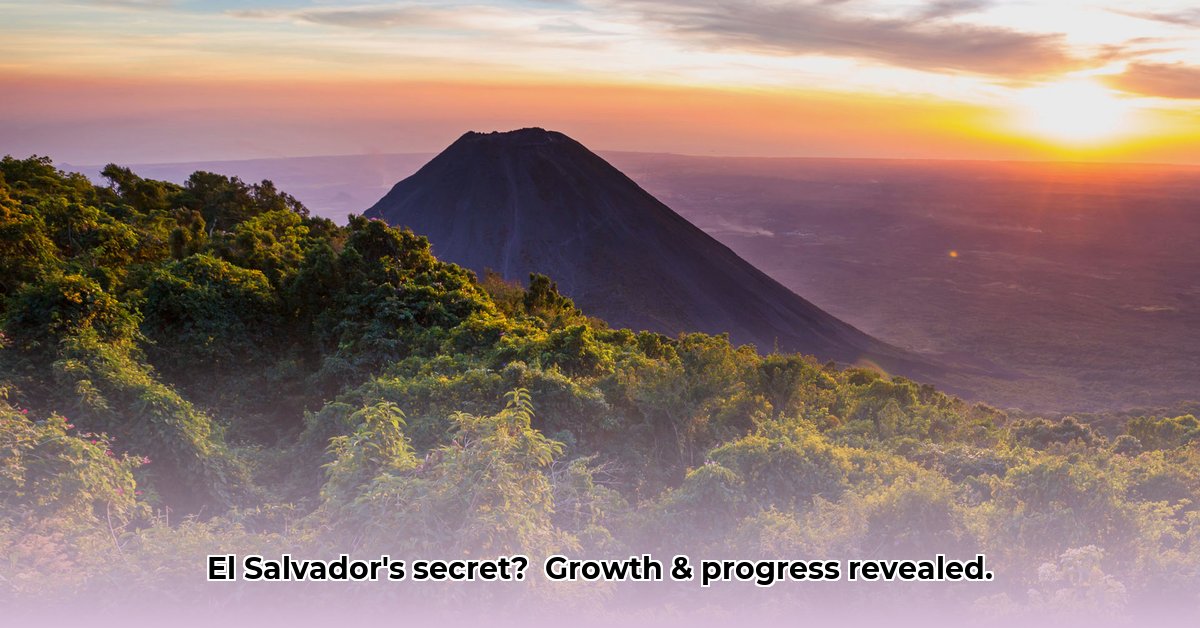
A Nation's Journey Through Time
El Salvador, a land of sun-drenched beaches and ancient Mayan ruins, boasts a history as rich and complex as its landscape. From thriving indigenous communities to Spanish colonisation, the nation's journey has been shaped by both triumph and tragedy. The brutal civil war (1979-1992) left deep scars, impacting its socio-economic fabric even today. Yet, El Salvador has demonstrated remarkable resilience, striving for progress amidst considerable challenges. How has this small Central American nation navigated its complex past and charted a course towards a more prosperous future?
From Coffee to Cash: An Economic Balancing Act
A pivotal moment in El Salvador's economic history was the adoption of the US dollar as its official currency in 2001. While initially debated, this move aimed to stabilise the economy and attract foreign investment, a significant shift for a nation heavily reliant on coffee exports. Dollarisation indeed reduced inflation and improved price stability, but it also presented significant challenges. Managing an economy tied to a foreign currency is a delicate balancing act, requiring strategic diversification beyond traditional agriculture, into sectors like tourism and services. This transition hasn't been seamless, requiring substantial investment in infrastructure and strategic economic planning. The success of this economic experiment remains a work in progress. Isn't it remarkable how a single policy decision can have such far-reaching consequences?
The Human Cost of Progress: Inequality and Emigration
Despite economic growth, inequality remains a persistent challenge, widening the gap between the rich and the poor. This forces many Salvadorans to seek opportunities abroad, predominantly in the United States, fueling significant emigration. While remittances from these emigrants contribute significantly to the national economy (24% of GDP in 2022, according to the World Bank), this "brain drain" represents a loss of skilled labour and weakens the social fabric. This creates a complex paradox: financial inflow accompanies human capital outflow. What lasting impact will this sustained emigration have on El Salvador's long-term development? This requires careful consideration.
Navigating the Future: Challenges and Opportunities
El Salvador faces a myriad of interwoven challenges. Maintaining political stability in a volatile region is crucial. Climate change further exacerbates environmental concerns. Investing in education and skills development is paramount for global competitiveness. These challenges are interconnected and require a holistic approach for lasting solutions. However, amidst these difficulties, opportunities for growth exist. Investing in renewable energy infrastructure could significantly boost economic development and enhance environmental sustainability. Developing sustainable tourism, showcasing El Salvador's rich culture and natural beauty, presents another viable avenue for growth. Strengthening democratic institutions and upholding the rule of law are crucial for attracting both domestic and foreign investment.
A Collaborative Effort: Working Together for Progress
Addressing El Salvador's complex challenges requires a collaborative effort from all stakeholders.
| Stakeholder | Short-Term Actions (Next Year) | Long-Term Vision (Next 5 Years) |
|---|---|---|
| Government | Focus on crime reduction, improved infrastructure, sustainable energy projects | Economic diversification, improved governance, enhanced public education |
| International Agencies | Provide targeted aid, support good governance initiatives, foster sustainable development | Support long-term sustainable development projects, aid climate change adaptation |
| Private Sector | Invest in renewable energy, sustainable tourism, and responsible agriculture | Form partnerships with the government, support entrepreneurship |
| Civil Society | Advocate for social justice, human rights, and community development | Promote transparency, support education initiatives, and build stronger communities |
El Salvador's Uncertain Yet Hopeful Path
El Salvador’s future remains uncertain, dependent on its ability to balance economic advancement with social justice and environmental sustainability. Addressing inequality, fostering inclusive economic growth, and strengthening democratic institutions are not merely aspirational goals but essential steps towards a more prosperous and equitable future. The path ahead is challenging, yet the potential for transformative change is undeniable. The question is not whether El Salvador has the potential, but rather whether it can successfully navigate the course to a brighter, more equitable future.